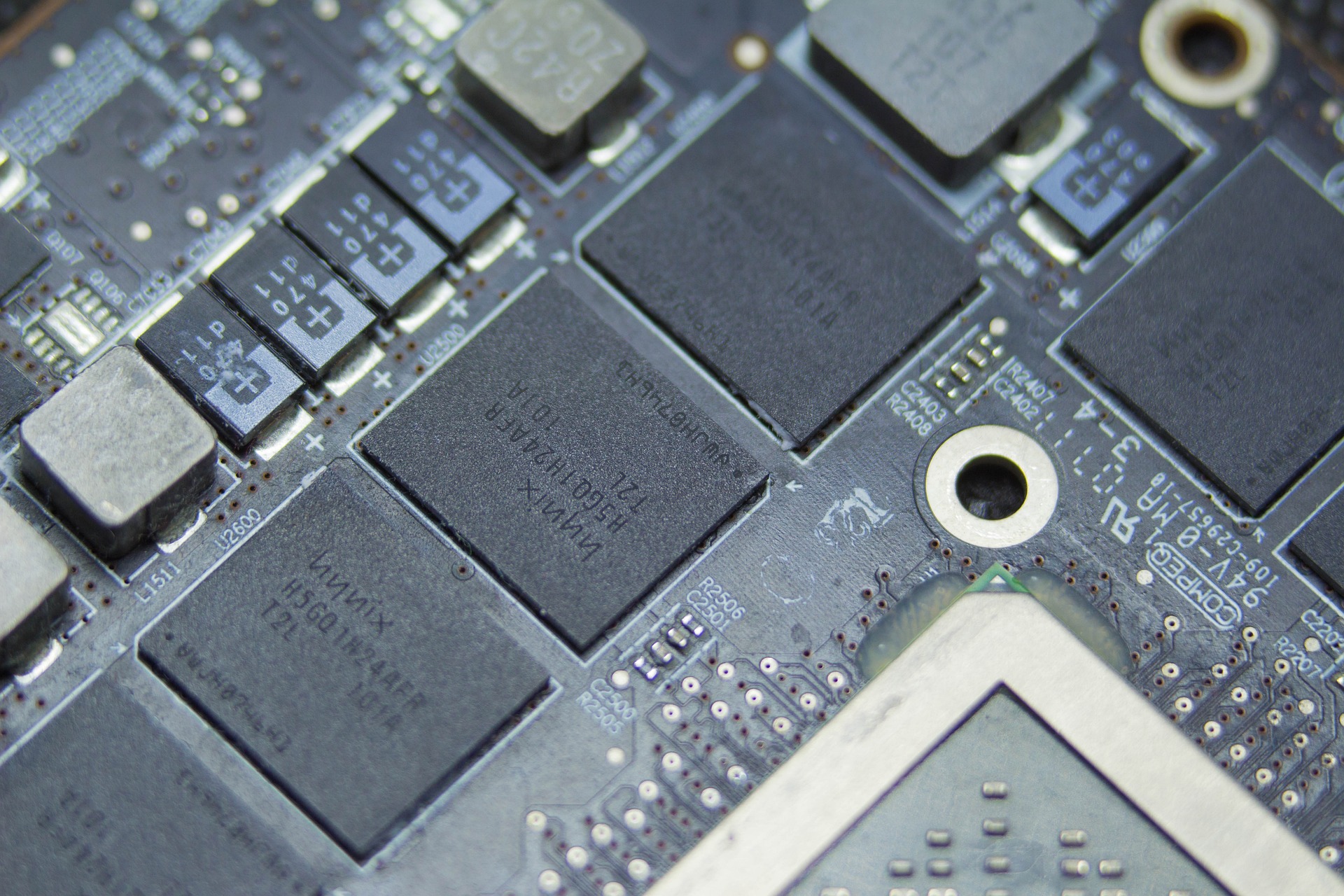"The Augmented Reality Ecosystem: A New Frontier in Computing and Electronics"
Augmented Reality (AR) is no longer a novelty or a far-off dream. It has firmly established itself as a fascinating field in the tech industry, offering immense potential for innovation and growth. This article delves deep into the AR ecosystem, tracing its historical context, current advancements, and future implications for the world of computing and electronics.

The Historic Arc of Augmented Reality:
The roots of AR can be traced back to the 1960s, when Ivan Sutherland, a pioneer in computer graphics, developed the first head-mounted display system. Over the decades, AR technology has witnessed a series of transformations—ranging from NASA’s use of AR for spacecraft navigation in the ’90s, to the launch of Google Glass in 2013, and the sensational Pokemon Go game in 2016. These milestones have progressively shaped the AR landscape, making it a key player in the tech industry today.
The Current AR Landscape:
Fast forward to today, AR has transcended the realm of gaming and entertainment and has made significant inroads into diverse sectors such as healthcare, education, retail, and industrial training. Tech giants like Apple, Google, and Microsoft are heavily investing in AR development, resulting in innovative products like AR glasses and AR-enabled smartphones. The AR market is currently valued at $15.3 billion and is projected to reach $77 billion by 2025, according to Global Market Insights.
The Impact on Computing and Electronics:
AR is set to redefine the computing and electronics industry in unprecedented ways. It offers an enhanced user interface, bridging the gap between the digital and physical worlds. This paradigm shift in human-computer interaction has far-reaching implications, from transforming the way we consume media and information, to revolutionizing industries like gaming, e-commerce, and beyond. Moreover, AR is driving the demand for more sophisticated hardware and software solutions, thus shaping the future of electronics.
The Future of AR:
The future of AR is anchored in its ability to seamlessly integrate digital information with our physical surroundings—creating a world where virtual and real coexist. The emergence of technologies like AR Cloud— a real-time 3D map of the world, will enable shared and persistent AR experiences on a global scale. Furthermore, the convergence of AR with technologies like 5G and AI will unlock new possibilities, propelling AR into an era of ubiquitous computing.




